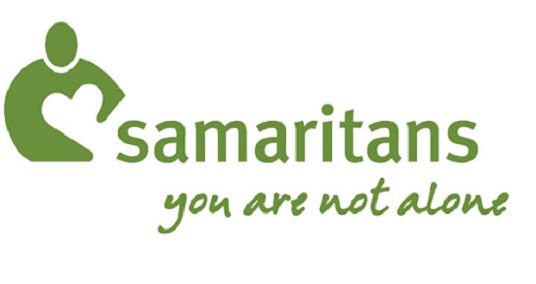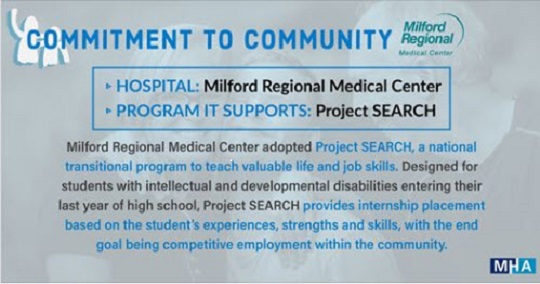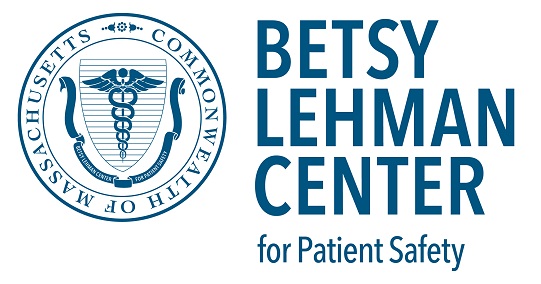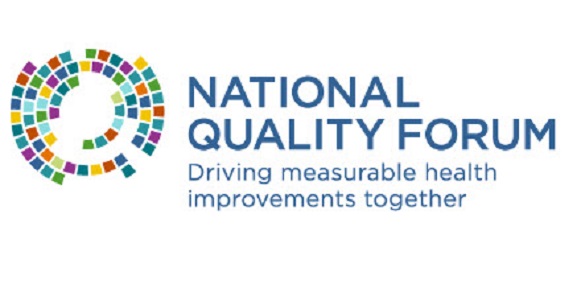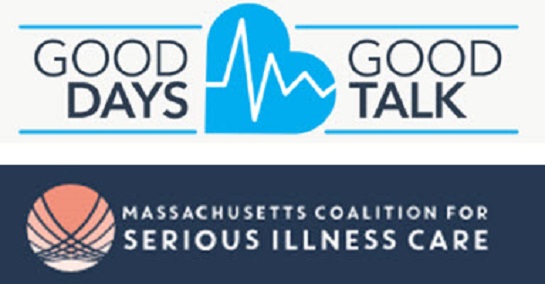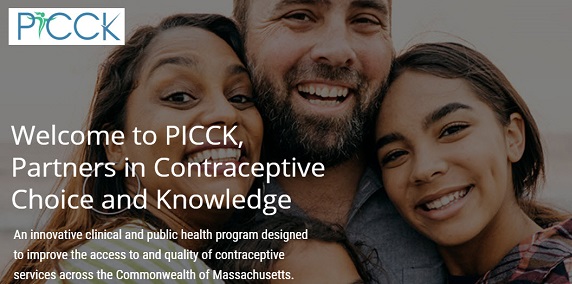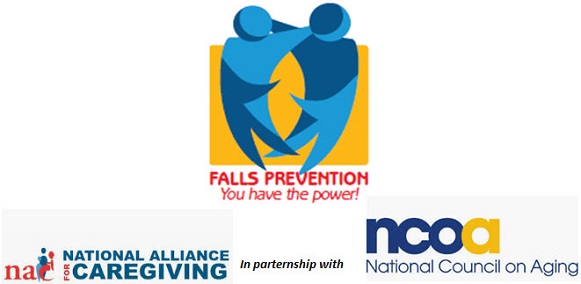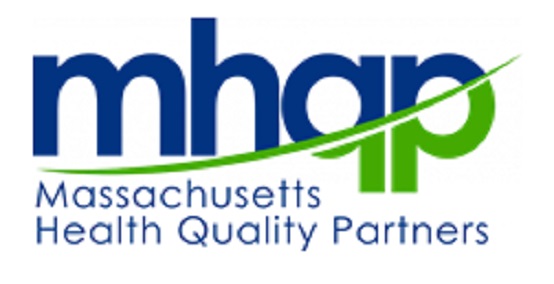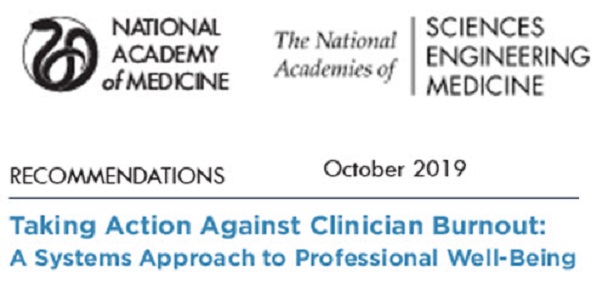Medical professionals care. They also experience higher rates of burnout and depressive symptoms than the general population.
In fact, suicide is estimated to be the second leading cause of death for medical residents, and American doctors take their lives at twice the rate of the general population. Samaritans, Inc. is here for you – and for your patients.
The mission of Samaritans is to reduce the incidence of suicide by alleviating despair, isolation, distress and suicidal feelings among individuals in the community, 24 hours a day; to educate the public about suicide prevention; to help those who have lost a loved one to suicide; and to reduce the stigma associated with suicide. Samaritans accomplishes this through services that emphasize confidential, nonjudgmental, and compassionate listening.
Each day, people who are struggling turn to Samaritans in search of compassionate support. If you or anyone you know are feeling sad, lonely, hopeless, or uncertain about anything in your life, you can call or text Samaritans’ 24/7, free, confidential Helpline at 877-870-4673.
Losing a loved one to suicide is a uniquely painful experience. If you or someone you know or care for has lost someone to suicide, Samaritans offer several programs to support you in your grieving including peer support groups and individual home visits.
Community Education & Outreach
Samaritans also offers suicide prevention workshops. For health care professionals, workshops are geared toward helping both providers and patients. You and your team can learn:
•Risk factors and warning signs for suicide
•How to evaluate patients who may be suicidal and how to help them
•Coping skills and resources for patients, loved ones, and yourself
Visit Samaritans website to learn more about these programs and services, for yourself and/or your patients.

